Industrial lens is a key component in machine vision measurement equipment. High-quality industrial lenses will make vision equipment have better performance. Telecentric industrial lenses are widely used in machine vision because of their unique optical properties, but telecentric lenses can be used in machine vision. Divided into categories such as bilateral telecentric lenses, object-side telecentric lenses, and image-side telecentric lenses. These optical concepts are often confusing, and people do not know how to understand them. The collected data are often highly specialized and difficult to understand. Today, from the perspective of practical application, the working principle of the double telecentric industrial lens is briefly described to help better resolution.
Imaging principle of double telecentric industrial lens
By placing an aperture diaphragm in the middle of the lens, the chief ray entering and exiting the double telecentric lens must pass through the center point of the aperture, and other rays are blocked by the diaphragm and cannot reach the imaging chip, while the chief ray on the object side and the imaging side must be parallel to the light The axis goes into the bi-telecentric lens.
The incident parallel light ensures a sufficiently large depth of field range, and the parallel light from the bi-telecentric lens ensures that even if the distance changes greatly within the depth of field range, the imaging magnification will not change.
Due to the complex and special structural design of the bi-telecentric lens, the bi-telecentric lens can obtain clear images within a certain range, and its optical path has the characteristic of being "parallel to the optical axis", eliminating the edge of the circle of confusion.
The problem solved by double telecentric industrial lenses
1. Because the workpiece is irregular, it is difficult to ensure that it is coaxial and perpendicular to the camera, and the edge contour of the workpiece will be distorted due to parallax.
2. Because the workpiece and the camera cannot be guaranteed to have the same shooting distance every time, the magnification of the workpiece in the image will change.
3. Because the depth of field of the lens is not enough, the images in different depth areas of the workpiece will have uneven clarity.
4. Detect workpieces made of transparent materials such as glass and acrylic. Due to the problem of light transmission, it is impossible to capture clear edge contours with ordinary lenses.
5. Detecting workpieces with reflective materials such as metal and glass with high smoothness, surface features cannot be photographed with ordinary industrial lenses.
The Pomeas bi-telecentric industrial lens has high resolution and low distortion rate, which can well meet the high requirements of machine vision measurement customers for optical lenses.
Product recommendation
TECHNICAL SOLUTION
MORE+You may also be interested in the following information
FREE CONSULTING SERVICE
Let’s help you to find the right solution for your project!


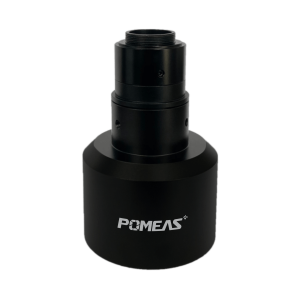
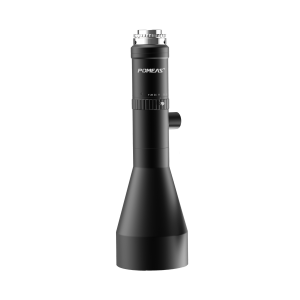
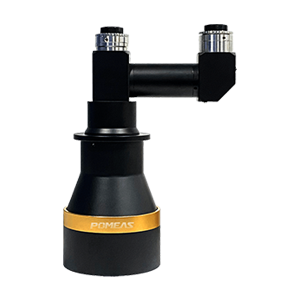
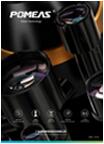

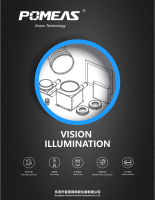
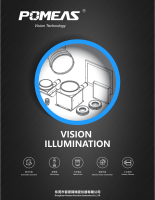
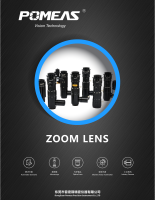
 ASK POMEAS
ASK POMEAS  PRICE INQUIRY
PRICE INQUIRY  REQUEST DEMO/TEST
REQUEST DEMO/TEST  FREE TRIAL UNIT
FREE TRIAL UNIT  ACCURATE SELECTION
ACCURATE SELECTION  ADDRESS
ADDRESS Tel:+ 86-0769-2266 0867
Tel:+ 86-0769-2266 0867 Fax:+ 86-0769-2266 0867
Fax:+ 86-0769-2266 0867 E-mail:marketing@pomeas.com
E-mail:marketing@pomeas.com
